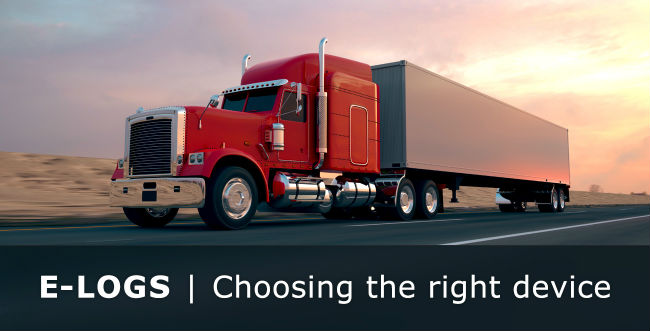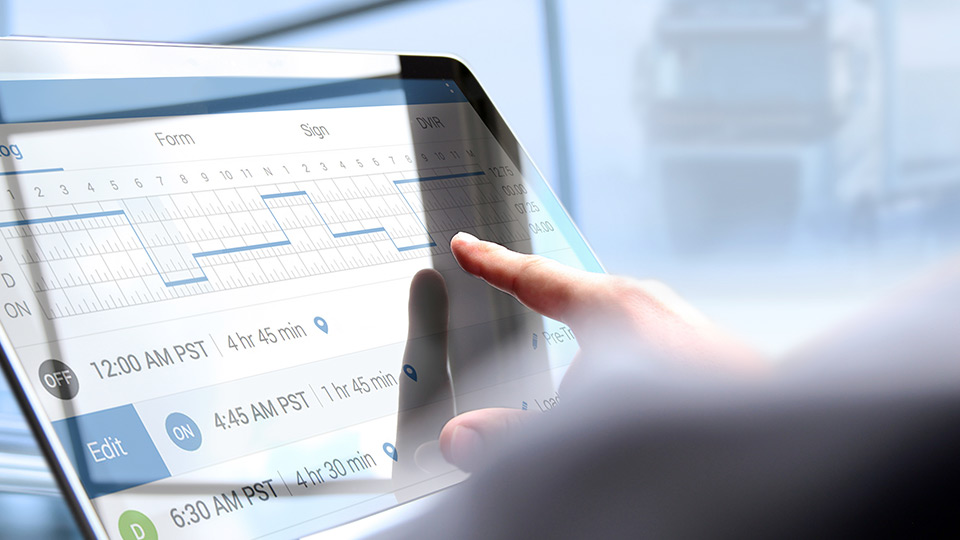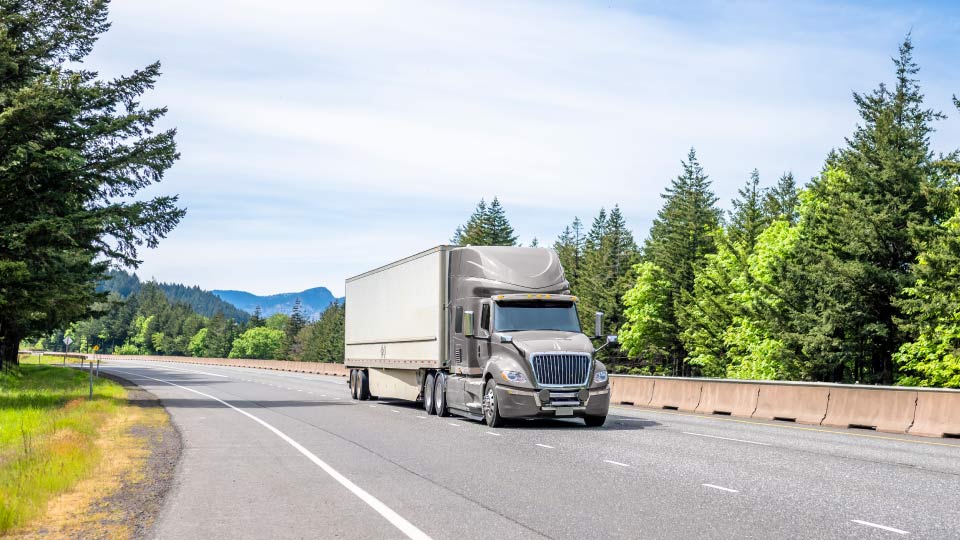
Differences in OBD plug-in fleet management devices
Last updated on January 25, 2023 in Compliance by Geotab | 2 minute read
Table of contents
There are a lot of OBD plug-in devices on the market, but not all are made equal. Find out why the Geotab GO device is the Rosetta Stone of the industry.
In today’s marketplace, it seems that there are a variety of GPS tracking devices that plug into the On Board Diagnostic (OBD II) port in the vehicle. The consumer might be lead to believe that all of these devices are the same or that they provide the same data. Some telematics devices on the market plug in to the diagnostic port to power the device only. Others provide data about the faults occurring in the vehicles engine.
The Geotab engine diagnostic tools offer the user the broadest selection of protocols supported and the richest dataset available to optimize fleet efficiency and ensure the productive and safe operation of the fleet’s assets.
See also: What is OBDII? History of on-board diagnostics
Geotab GO device: The Rosetta Stone of the telematics industry
According to Colin Sutherland, Executive Vice President, Sales & Marketing, Geotab's technology can be referred to as “the Rosetta Stone” of the telematics market. The Geotab device understands and translates a comprehensive set of vehicle diagnostic codes, including those of hybrid and electric vehicles.
Understanding OBD compliance
The term “OBD compliant” refers not to one standard but rather to a multitude of protocols all of which exist under the OBD umbrella. These protocols are typically identified by alphanumeric code that defines the communications methods that the vehicle uses to communicate. These protocols span a variety of different manufacturers and a manufacturer may alter the protocols from model year to model year.
Vehicles first started being equipped with a diagnostic port in the mid 1990s. Since the first diagnostic ports were installed in vehicles, the protocols and the data they make available have changed greatly. OBD over CAN is the latest variation. CAN refers to the “Controller Area Network” — in an OBD over CAN a central network combines the data from additional inputs in the vehicle to allow Geotab to report non-engine related data using the same OBD connection in the vehicle. An example of non-engine data would include: seat belt use monitoring and passenger detection in light duty vehicles or the automatic detection and reporting on PTO use in heavy-duty vehicles.
How to choose the right telematics device for your fleet
It is important to consider the variety of vehicles in a fleet when evaluating an OBD solution. While all newer vehicles have a diagnostic plug not all telematics solutions are designed to work with all of the vehicle types that exist today. Some important questions to ask:
- Does your proposed solution work on all light-duty and heavy-duty trucks or do you need different devices for different assets?
- Will the solution work on the new hybrid vehicles that are gaining in popularity?
- Can the solution provide the complete data set from the heavy trucks' two engine data protocols that run simultaneously on the newer vehicles?
Remember to keep in mind the data you wish to consume today, as well the long-term goals for telematics. How can the technology ease the administration of maintenance and total cost of ownership calculations on all of the assets in your fleet?
In addition to installation, access to data, security, and software/firmware updates are some other factors that are critical to success. For advice on comparing telematics systems, read our free white paper The Open Platform Advantage: How to Get Maximum Value from Your Telematics System
Related:
Diagnostics with Geotab: From port to report
Car technology, on-board diagnostics, and the remote mechanic
If you liked this post, let us know!
Disclaimer
Geotab's blog posts are intended to provide information and encourage discussion on topics of interest to the telematics community at large. Geotab is not providing technical, professional or legal advice through these blog posts. While every effort has been made to ensure the information in this blog post is timely and accurate, errors and omissions may occur, and the information presented here may become out-of-date with the passage of time.
Get industry tips and insights
Sign up for monthly news and tips from our award-winning fleet management blog. You can unsubscribe at any time.
Republish this article for free
Other posts you might like

Electronic logs: unlocking the benefits for trucking
April 15, 2024

Electronic Logbooks: Mandates, Compliance, & Implementation
April 15, 2024

ELD self-certification: What you need to know
April 10, 2024

The Impact of the California Clean Truck Check on Your Fleet
March 27, 2024





